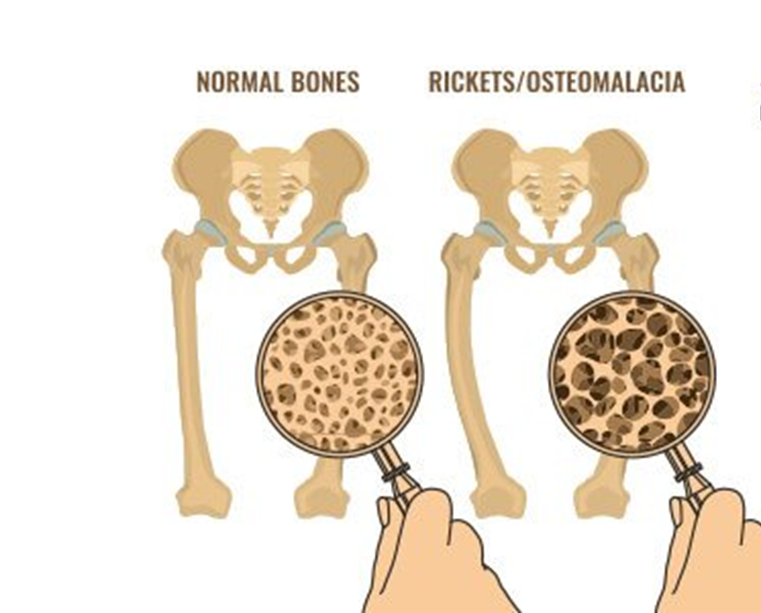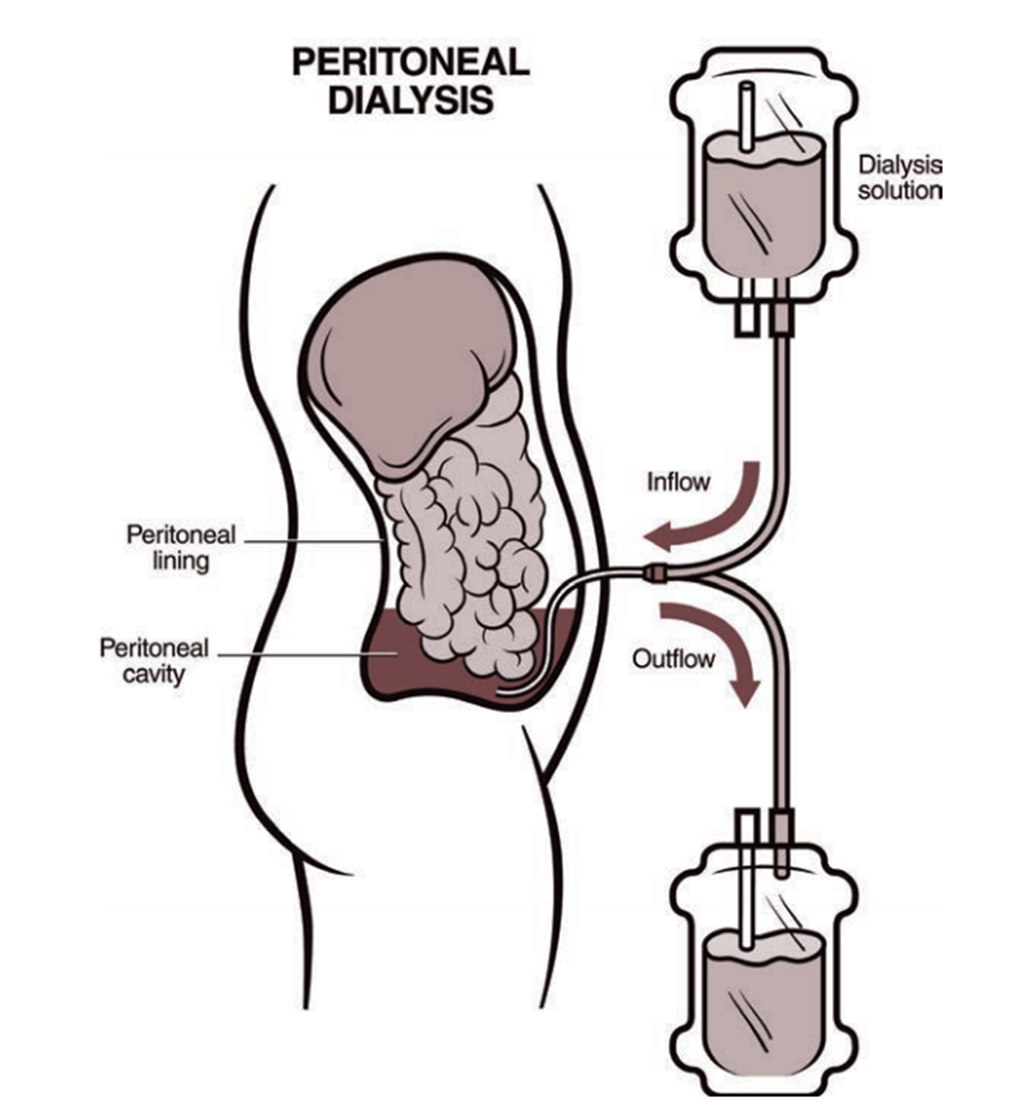What environmental factor is most significant when planning care for a client with osteomalacia?
Quiet, calm surroundings
Stimulating sounds and activity
Cool, moist air
Adequate sunlight
The Correct Answer is D
Choice A reason: Quiet, calm surroundings are not a specific environmental factor for osteomalacia, which is a condition that causes softening and weakening of the bones due to vitamin D deficiency. However, they may be beneficial for promoting rest and comfort for the client.
Choice B reason: Stimulating sounds and activity are not a specific environmental factor for osteomalacia, which is a condition that causes softening and weakening of the bones due to vitamin D deficiency. However, they may be helpful for enhancing mood and cognition for the client.
Choice C reason: Cool, moist air is not a specific environmental factor for osteomalacia, which is a condition that causes softening and weakening of the bones due to vitamin D deficiency. However, it may be preferable for preventing dehydration and overheating for the client.
Choice D reason: This is the correct answer because adequate sunlight is the most significant environmental factor for osteomalacia, which is a condition that causes softening and weakening of the bones due to vitamin D deficiency. Sunlight exposure helps the skin synthesize vitamin D, which is essential for calcium absorption and bone mineralization.

Nursing Test Bank
Naxlex Comprehensive Predictor Exams
Related Questions
Correct Answer is C
Explanation
Choice A reason: When the client has ankle edema is not the most important time for the nurse to assess DTRs, as this is a common finding in pregnancy and does not indicate a neurological or vascular problem. This is a distractor choice.
Choice B reason: Within the first trimester of pregnancy is not the most important time for the nurse to assess DTRs, as this is a routine assessment that can be done at any time during pregnancy and does not reflect any specific risk or complication. This is another distractor choice.
Choice C reason: If the client has an elevated blood pressure is the most important time for the nurse to assess DTRs, as this can indicate preeclampsia, a serious condition that can cause seizures, stroke, and organ damage. DTRs can help detect hyperreflexia, which is a sign of increased intracranial pressure and impending eclampsia. Therefore, this is the correct choice.
Choice D reason: During admission to labor and delivery is not the most important time for the nurse to assess DTRs, as this is a standard assessment that can be done at any stage of labor and does not signify any urgent or emergent situation. This is another distractor choice.
Correct Answer is B
Explanation
Choice A reason: Support stockings may help with peripheral edema, but they are not the priority intervention for this client. The client's low serum albumin level indicates malnutrition and increased risk of infection and poor wound healing.
Choice B reason: This is the correct answer because the client needs adequate protein intake to maintain serum albumin levels and prevent further complications. Complete proteins contain all nine essential amino acids that the body cannot synthesize and are found in animal sources such as meat, eggs, and dairy products.

Choice C reason: Evaluating patency of the AV graft is not the priority intervention for this client because the client is receiving peritoneal dialysis, not hemodialysis. The AV graft may be used in the future if peritoneal dialysis fails, but it is not an immediate concern.
Choice D reason: Instructing the client to follow fluid restriction amounts is important for peritoneal dialysis patients, but it is not the priority intervention for this client. The client's low serum albumin level indicates that fluid restriction alone is not sufficient to manage fluid balance and prevent edema.
Whether you are a student looking to ace your exams or a practicing nurse seeking to enhance your expertise , our nursing education contents will empower you with the confidence and competence to make a difference in the lives of patients and become a respected leader in the healthcare field.
Visit Naxlex, invest in your future and unlock endless possibilities with our unparalleled nursing education contents today
Report Wrong Answer on the Current Question
Do you disagree with the answer? If yes, what is your expected answer? Explain.
Kindly be descriptive with the issue you are facing.
